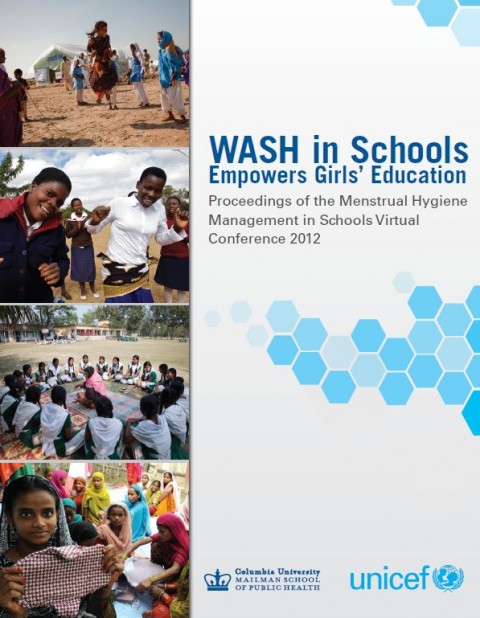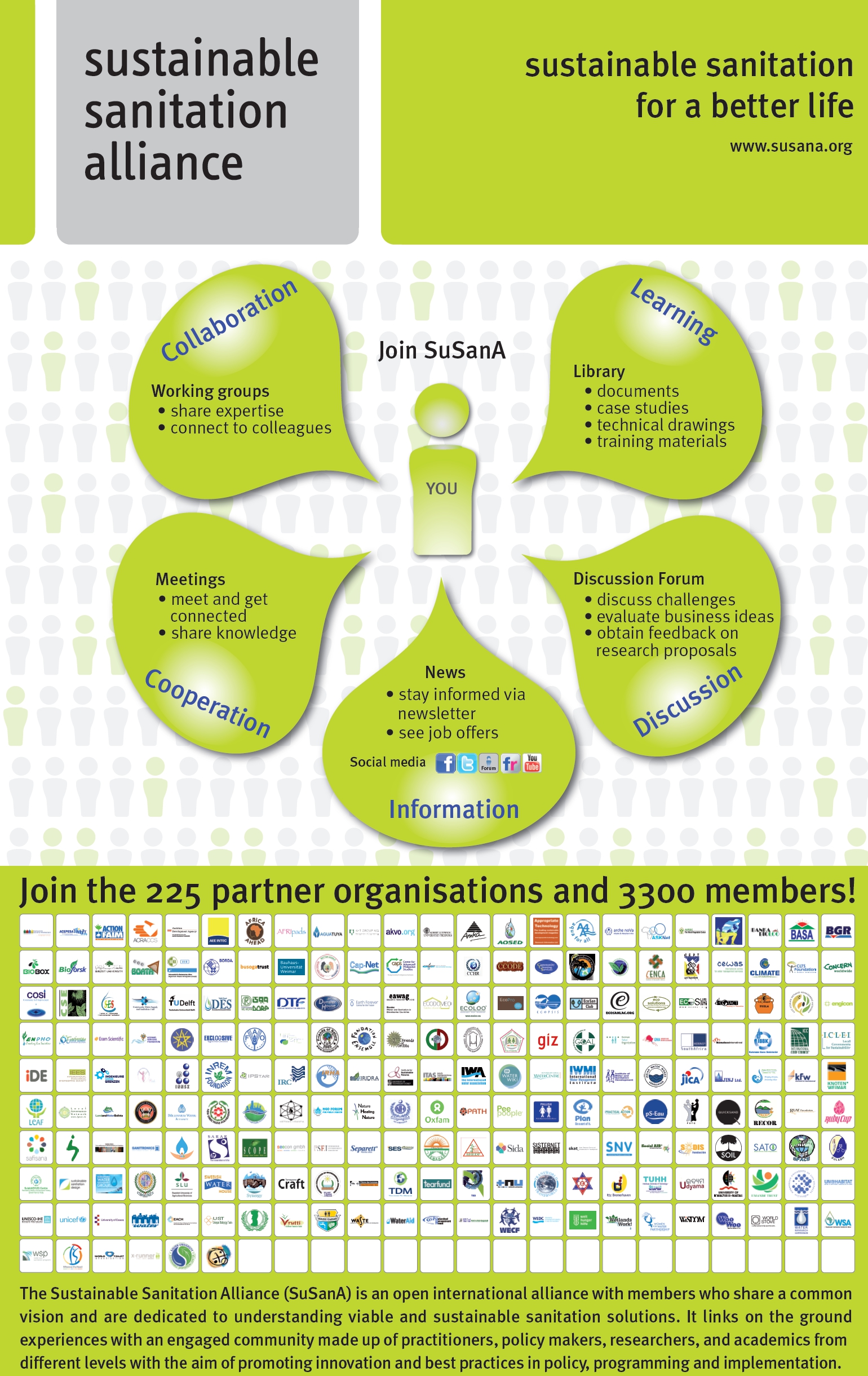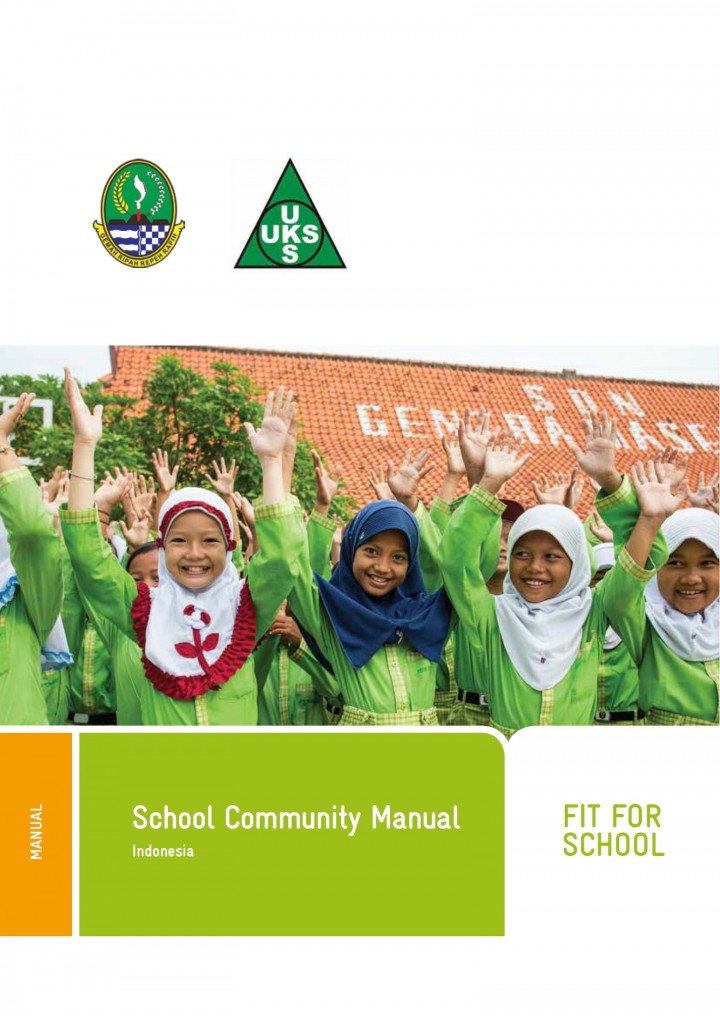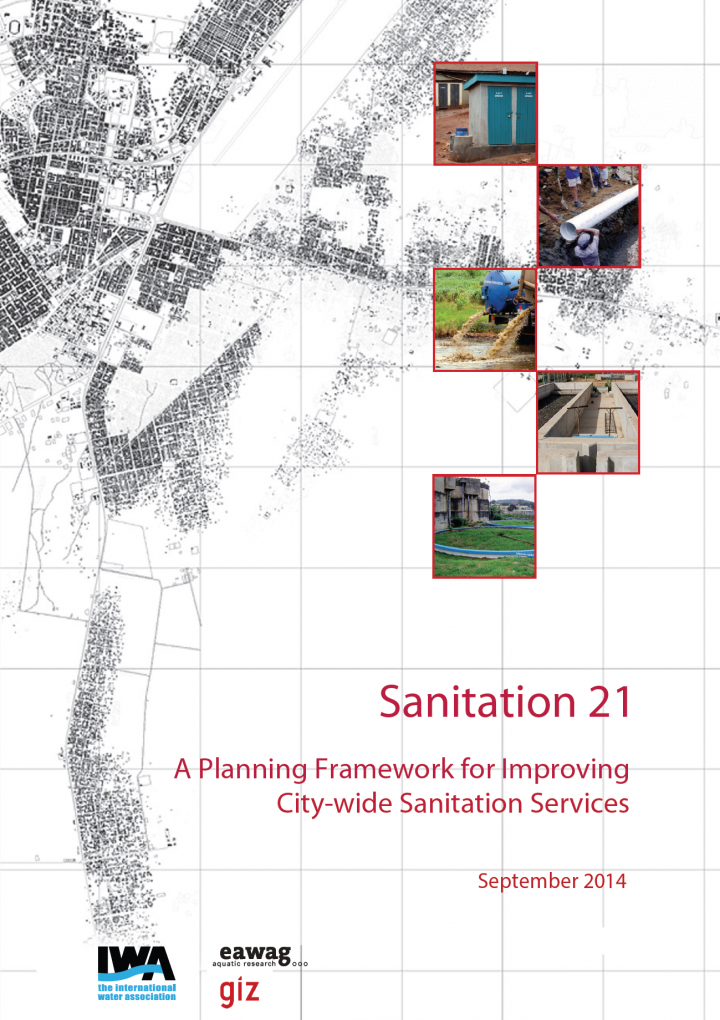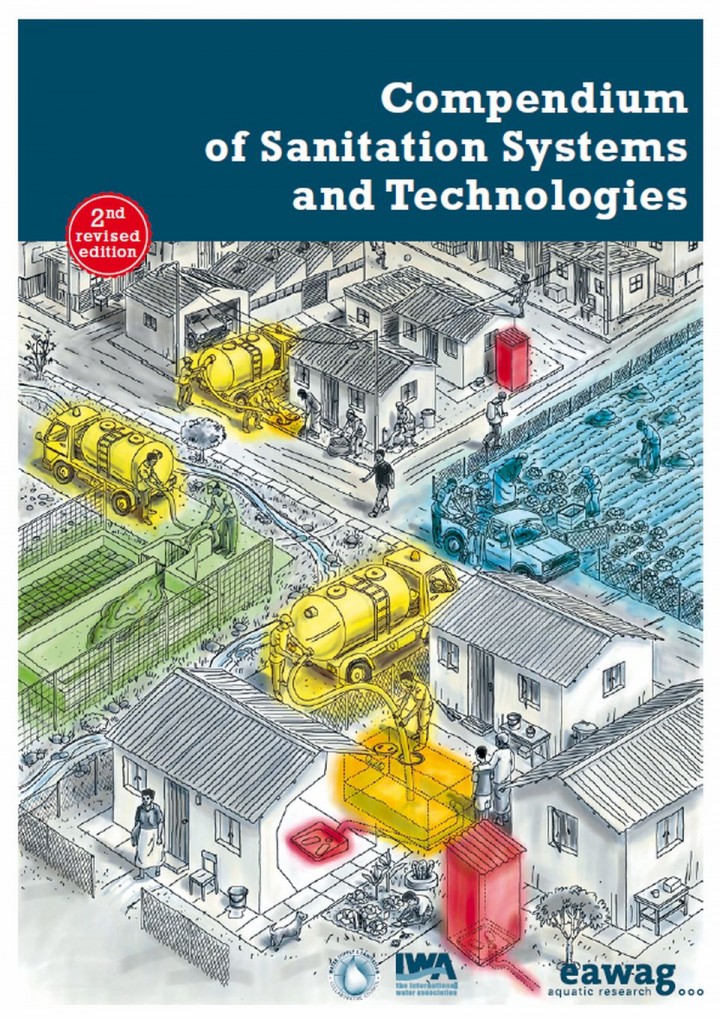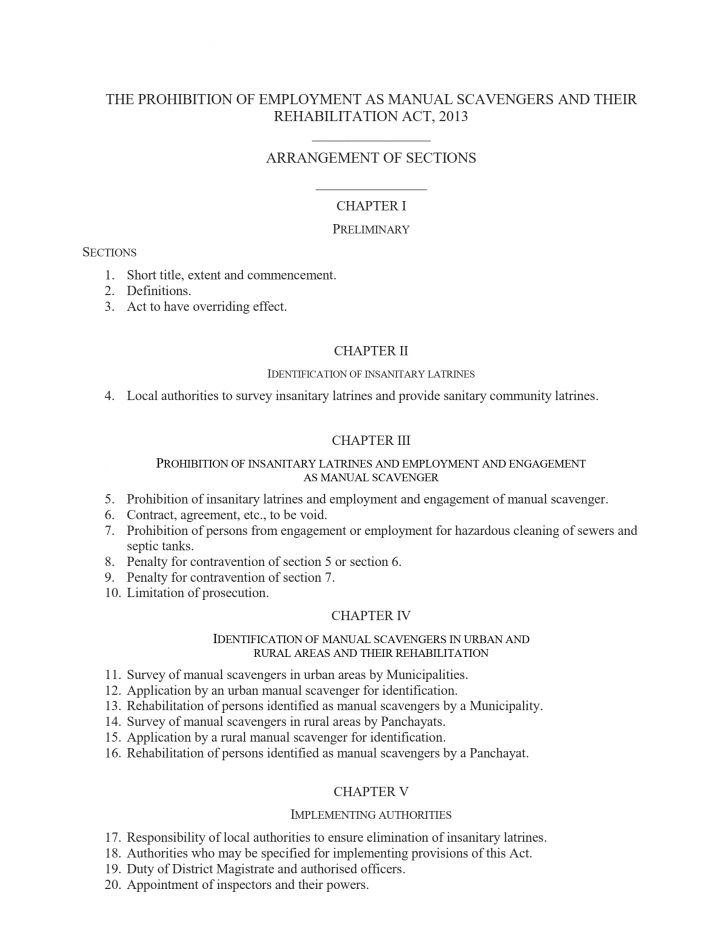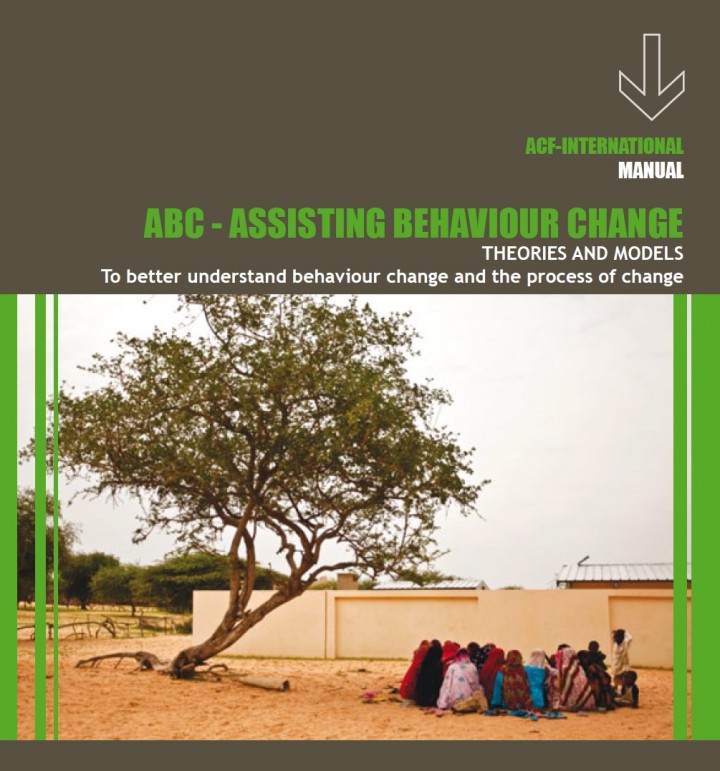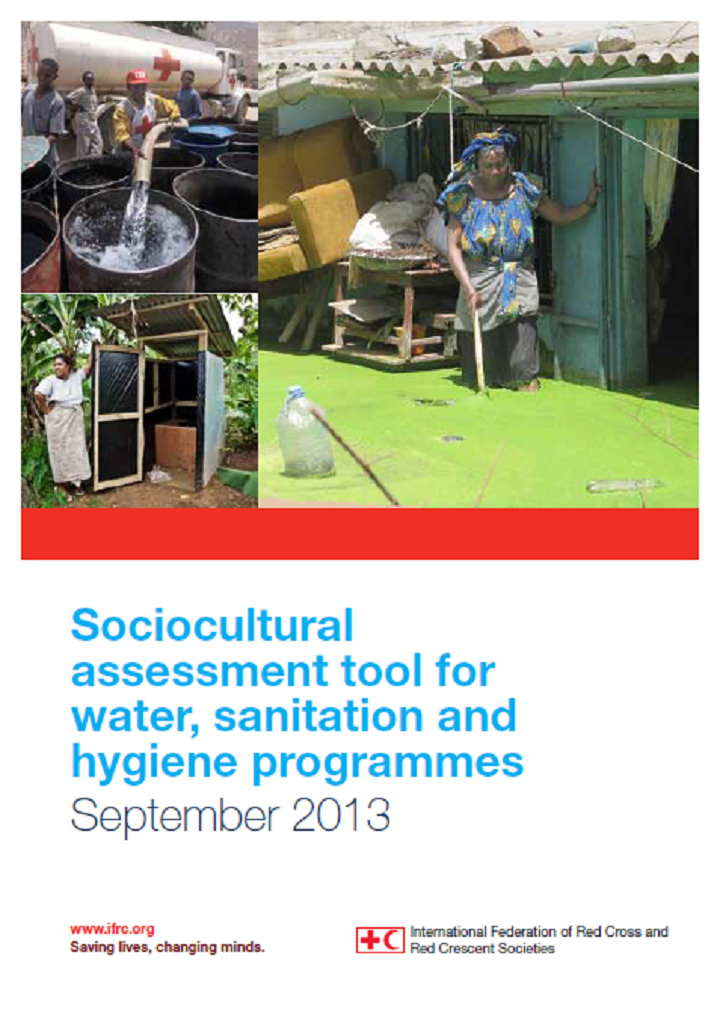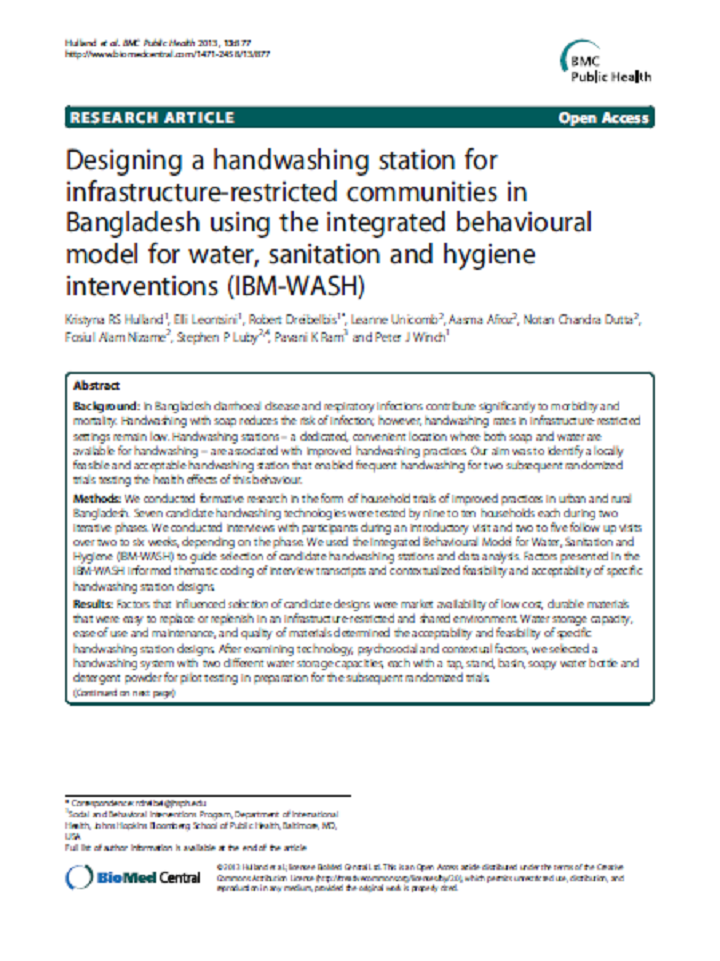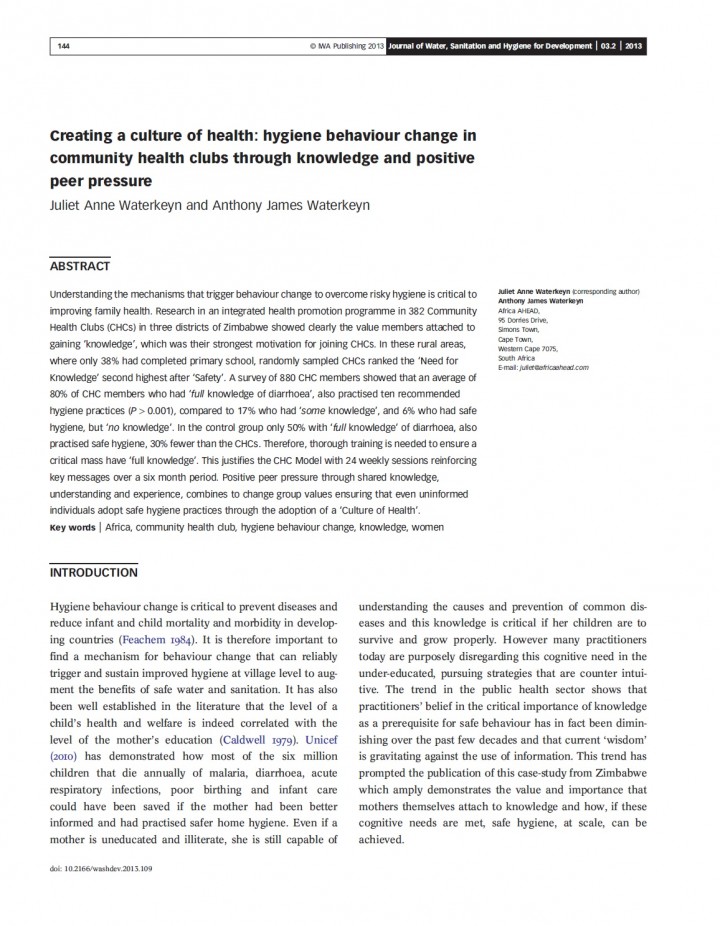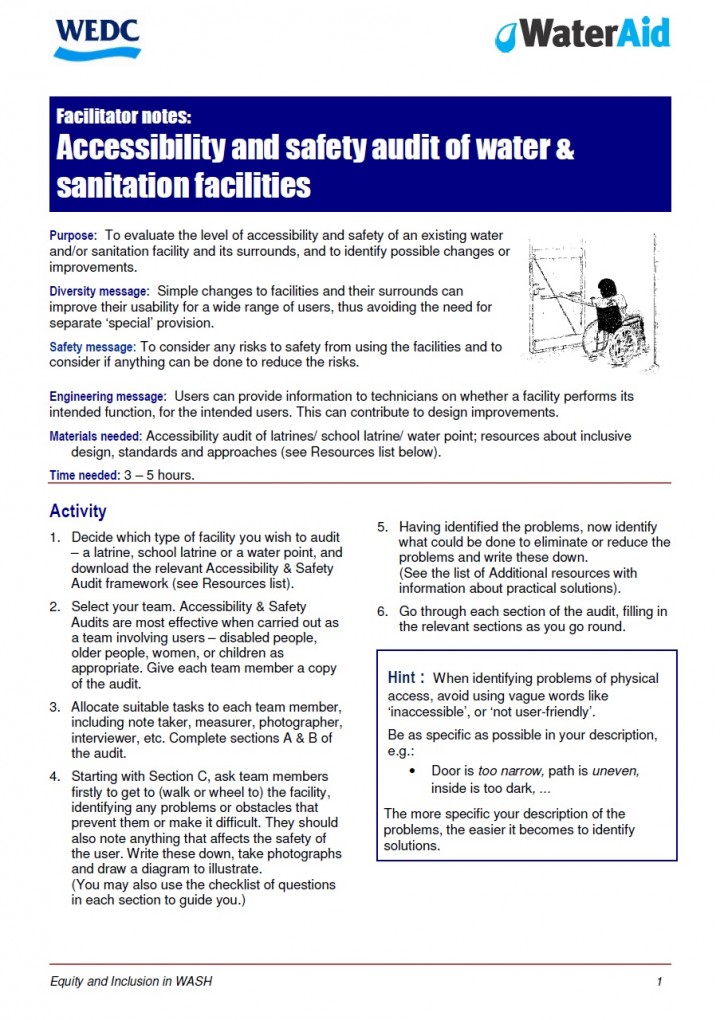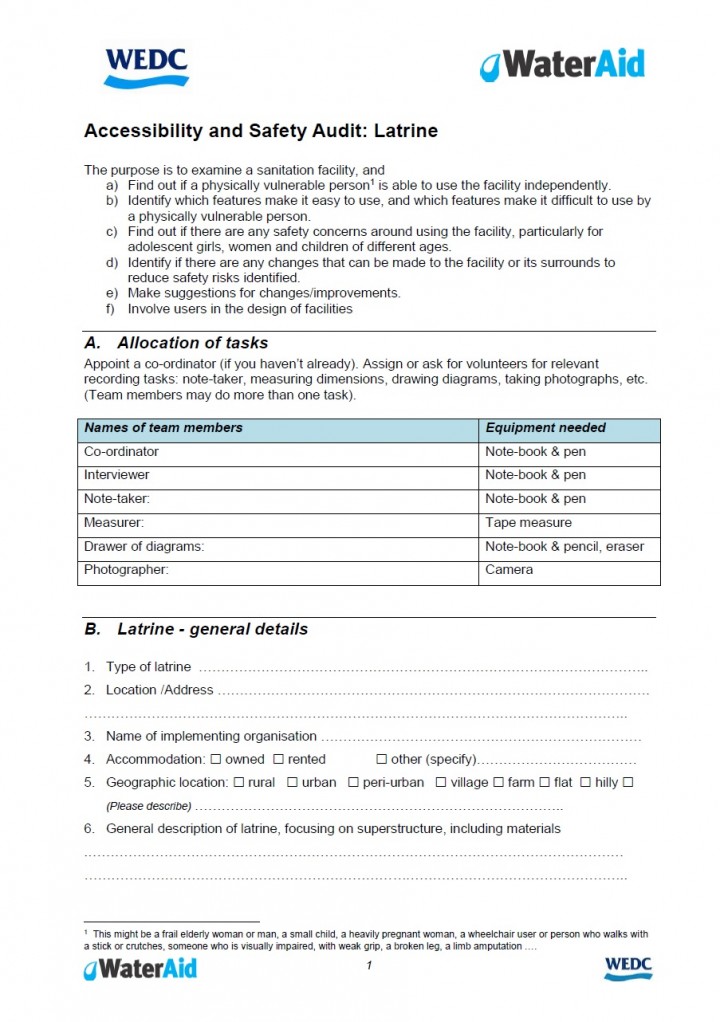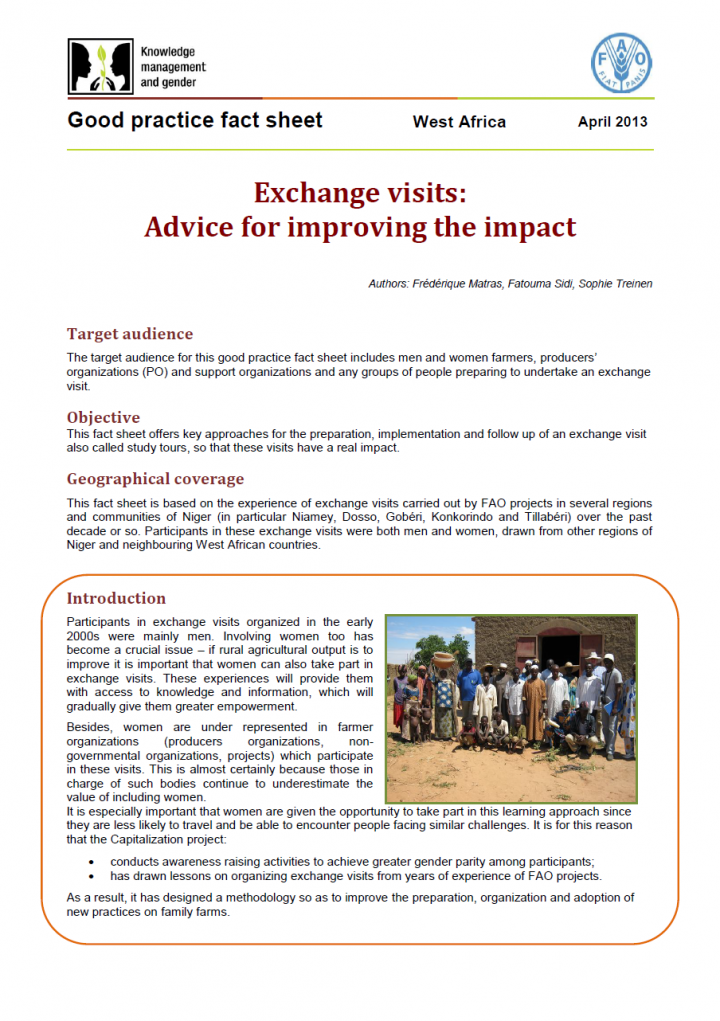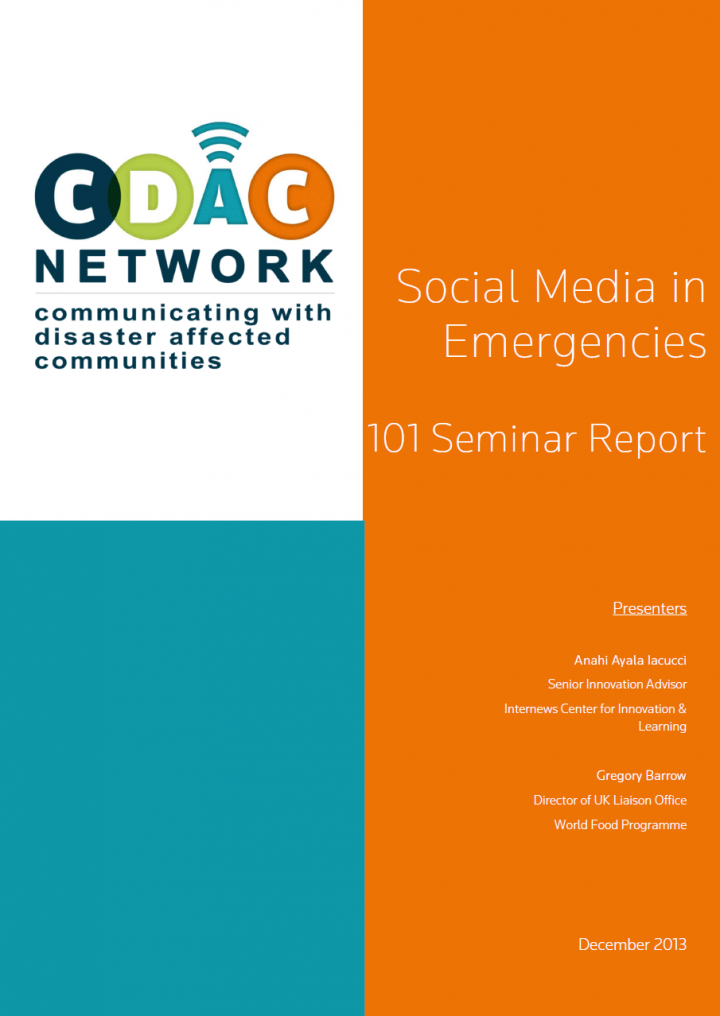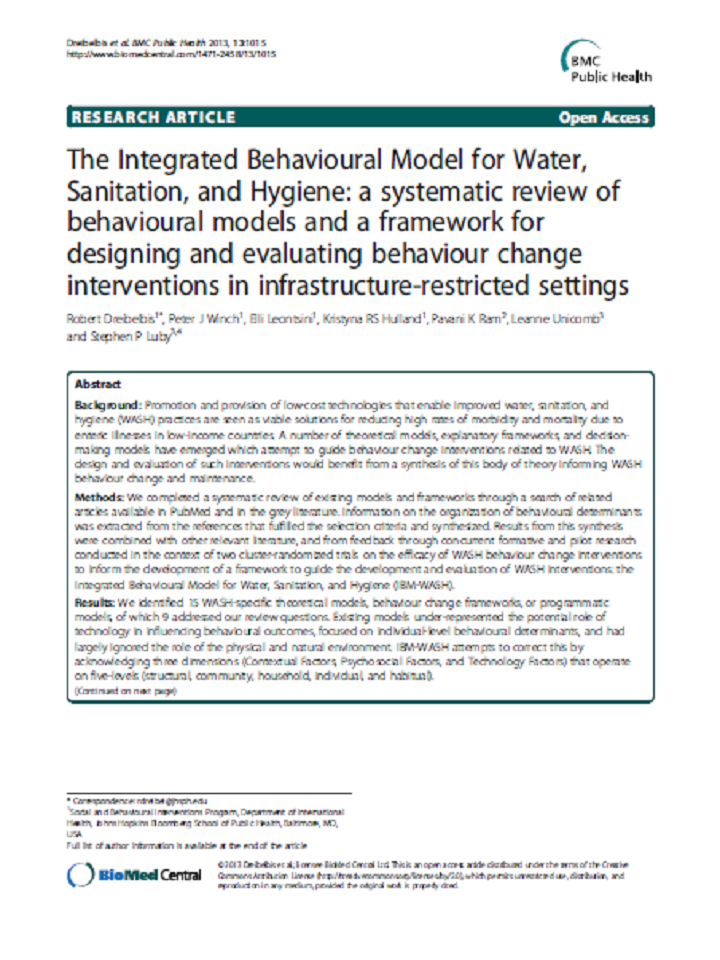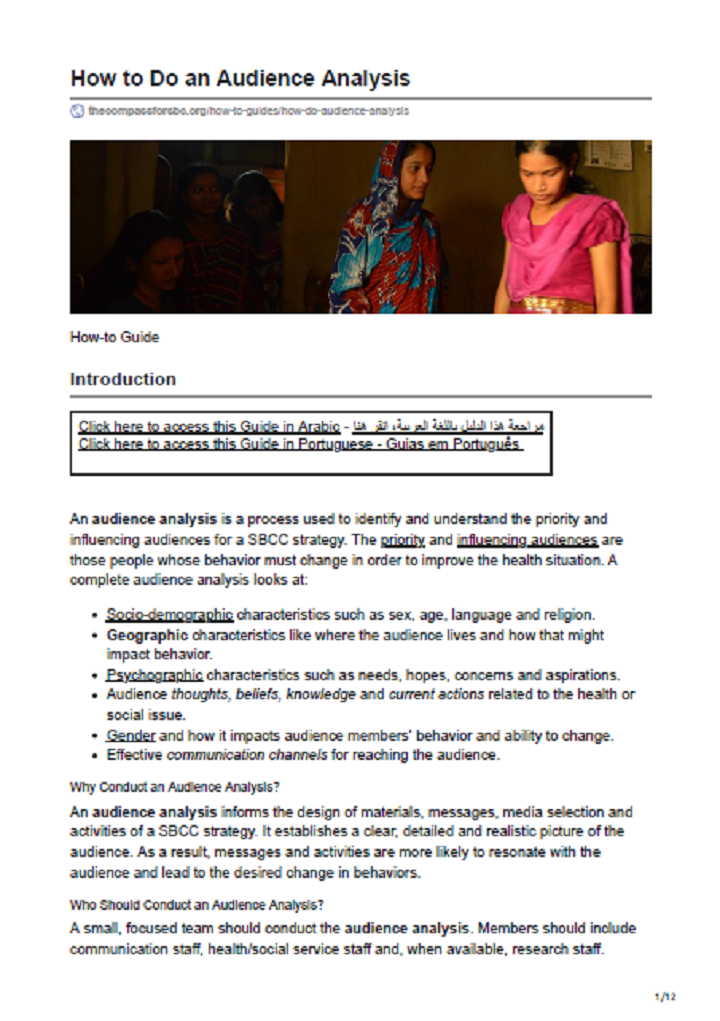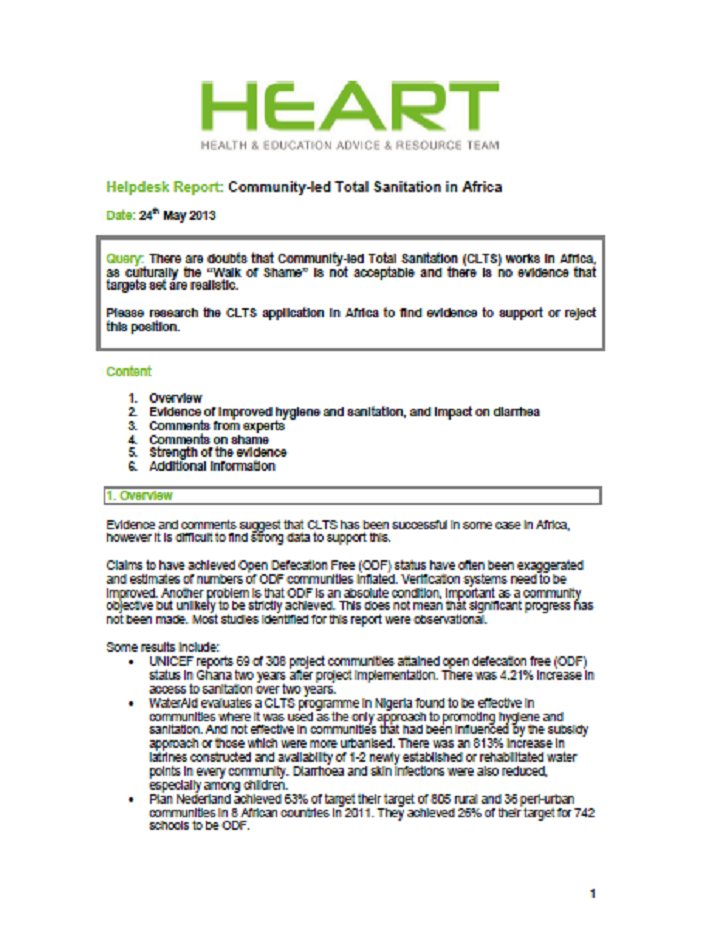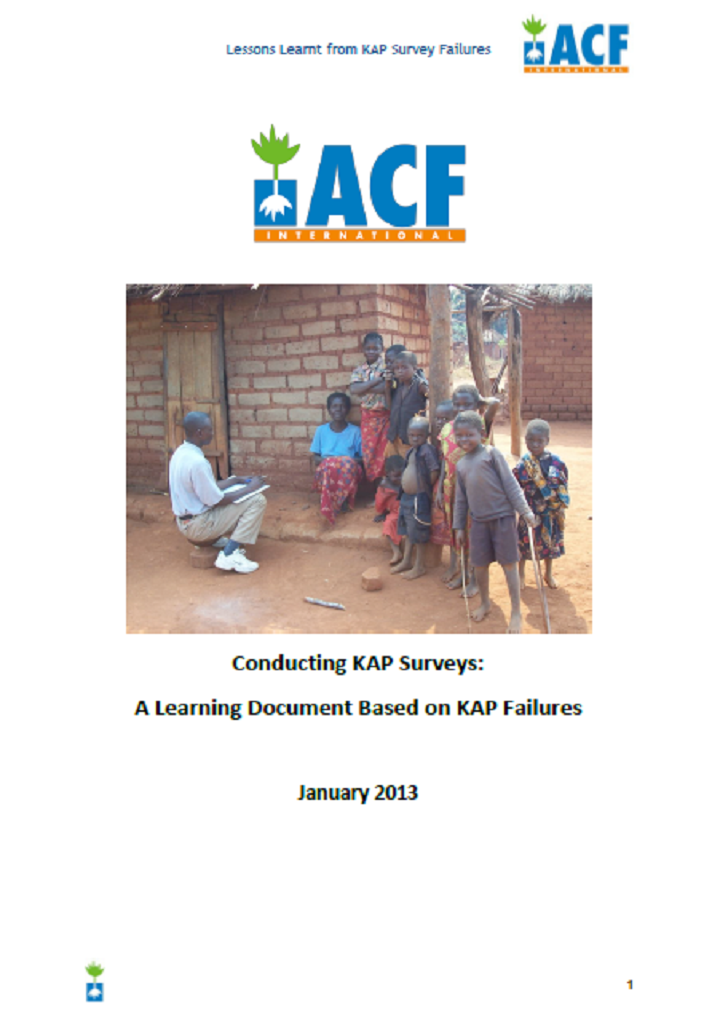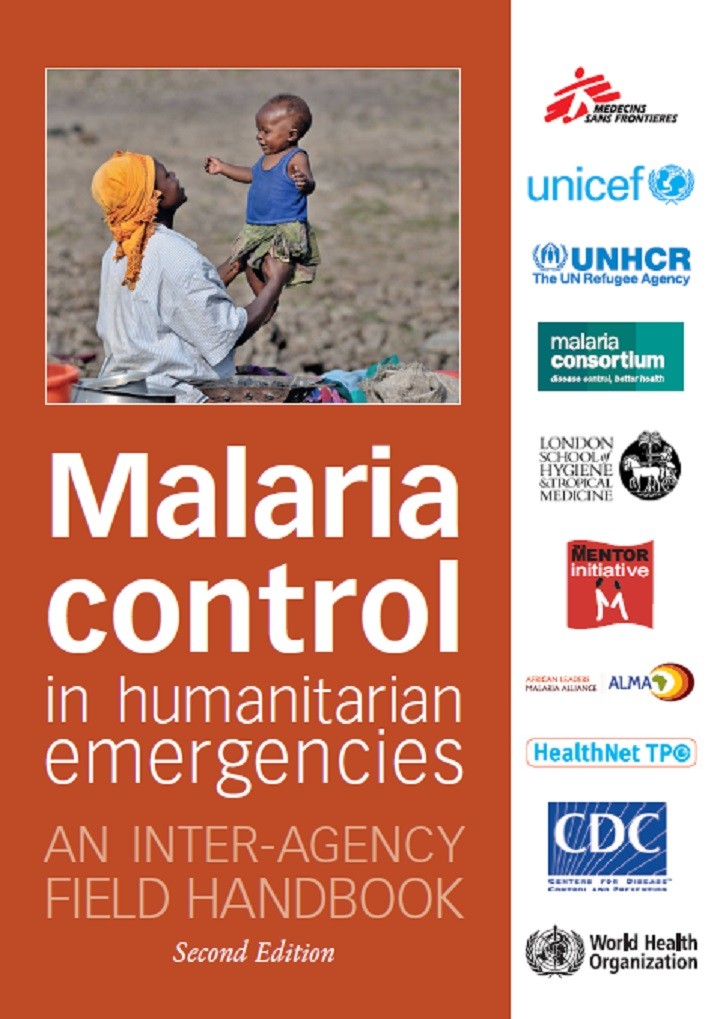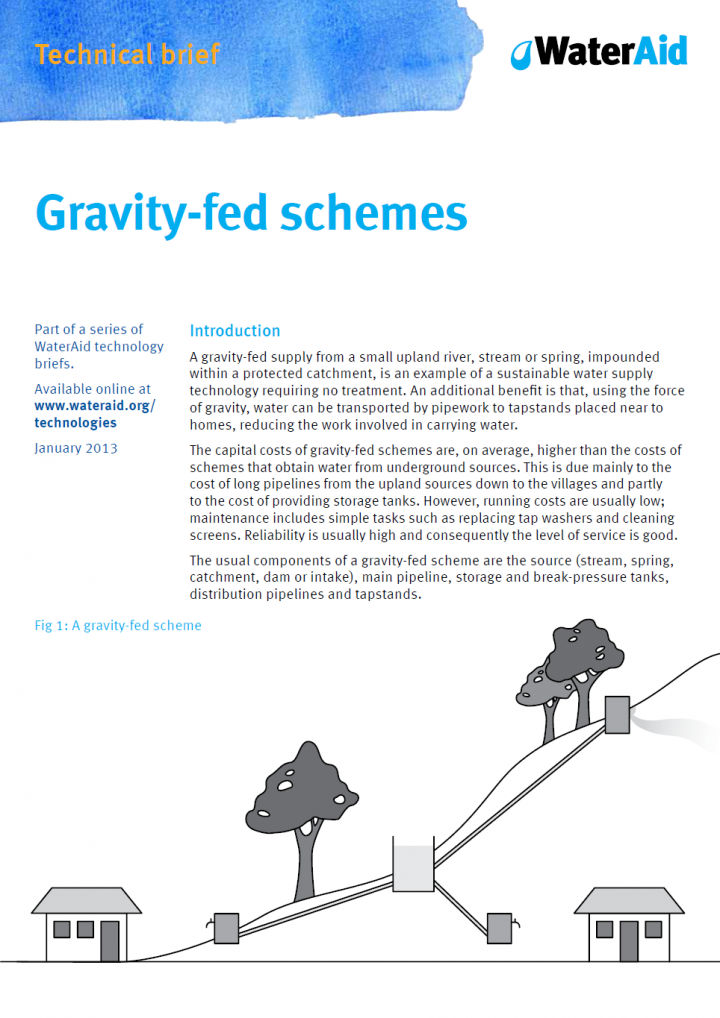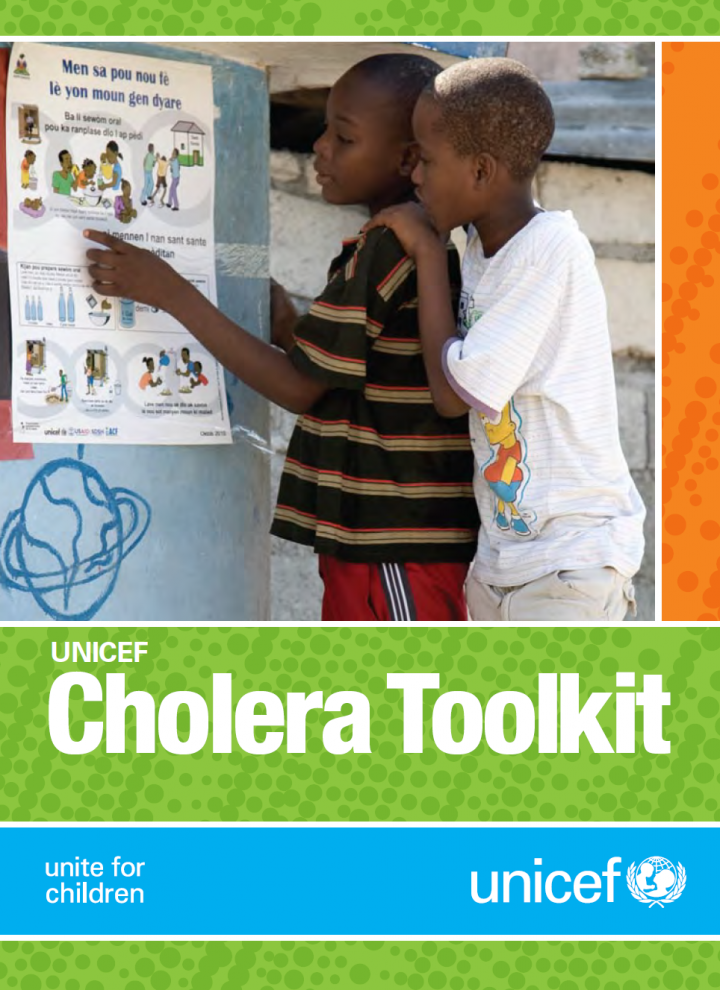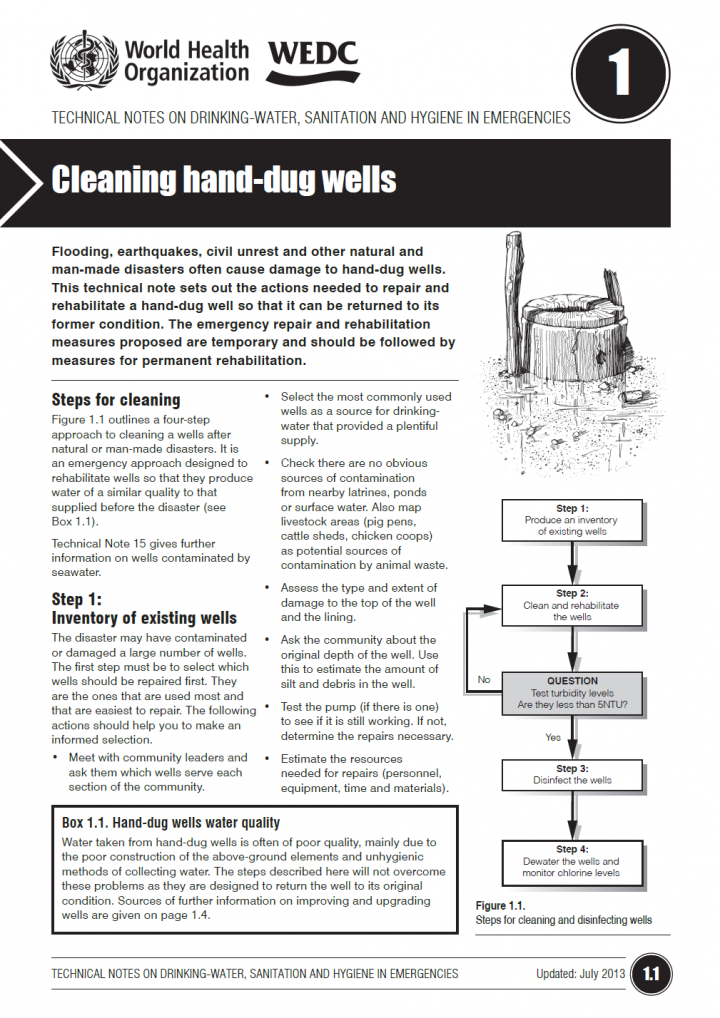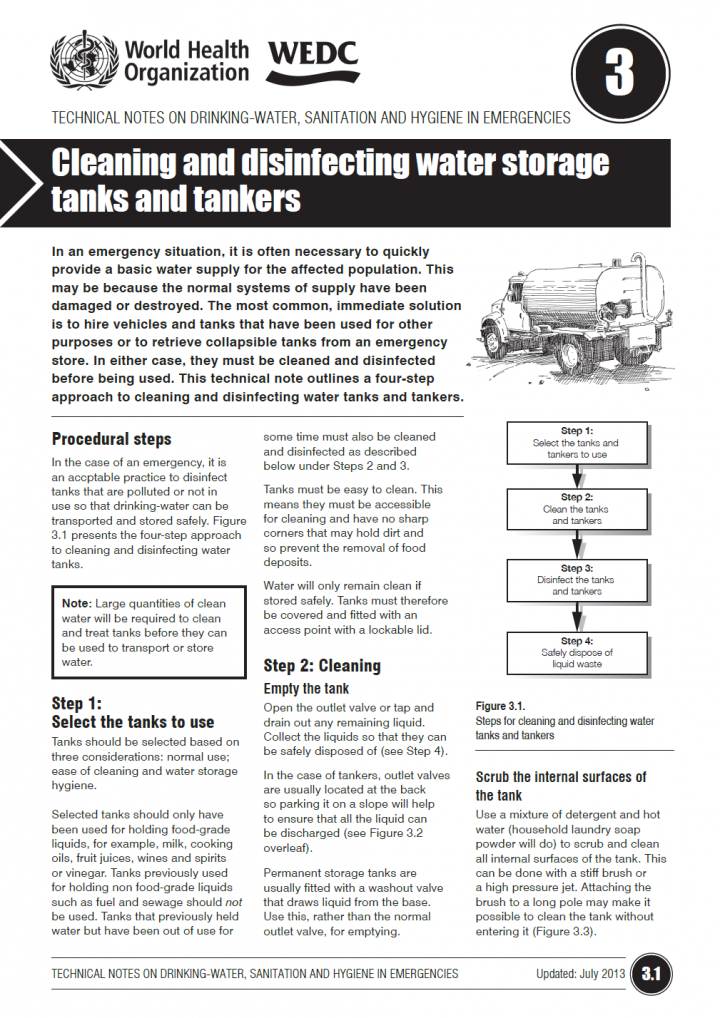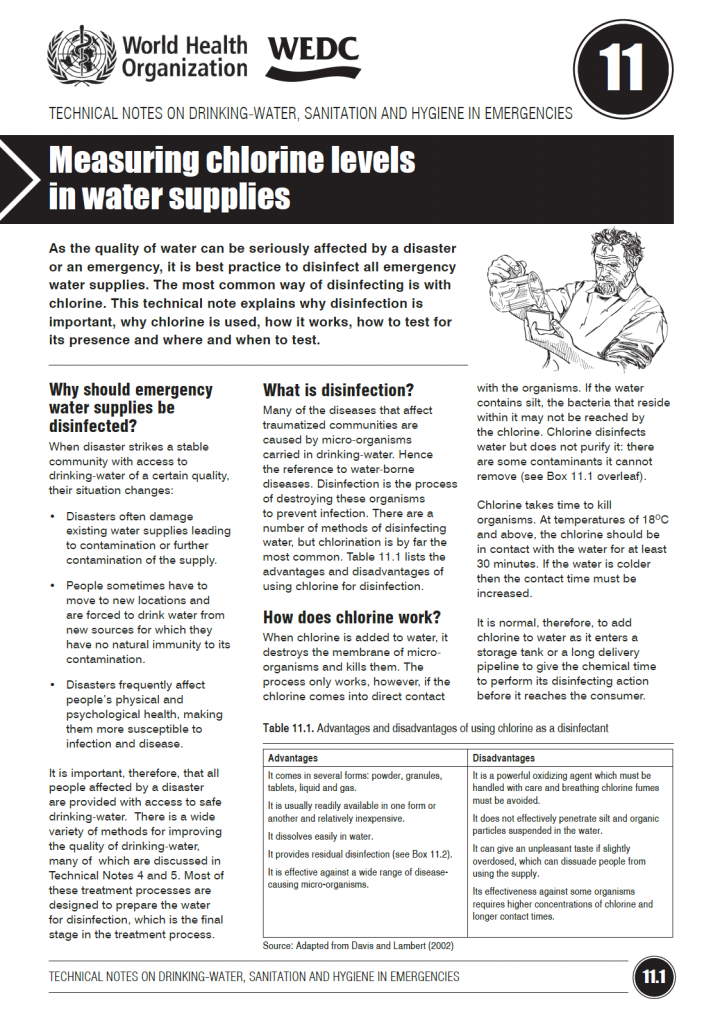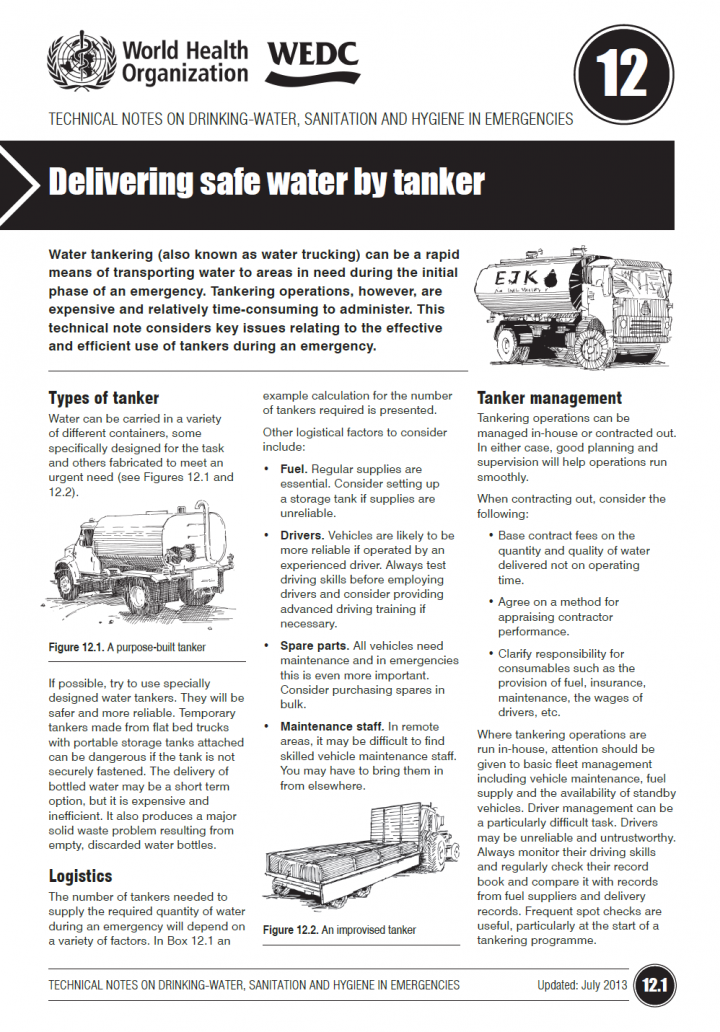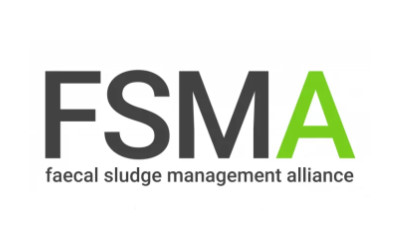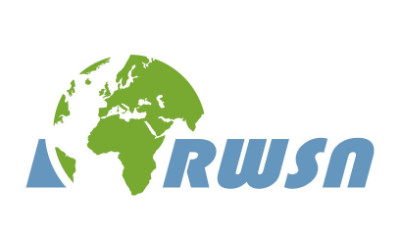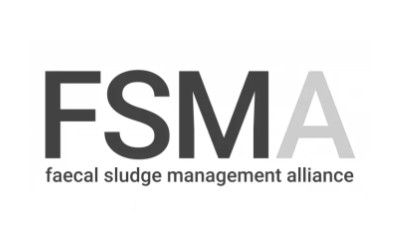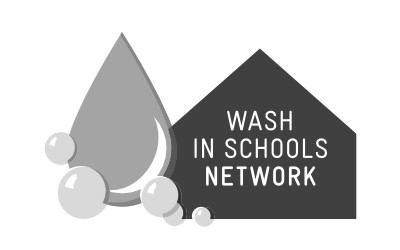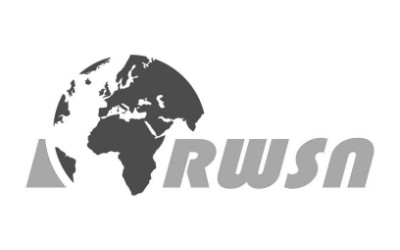Searching for information on Sanitation Workers?
The Sanitation Workers Knowledge + Learning Hub is the best source for all current news, trends, articles and updates on sanitation workers rights around the world.
Establishing schools as enabling places where children can thrive and learn – this is the objective of the Fit for School Approach, an innovative and integrated school health concept that was first developed in the Philippines and has also been introduced in other Southeast Asian countries, namely Cambodia, Indonesia and Laos.
The Fit for School Approach is based on three core principles: …
A revised version of Sanitation 21 (2014) is an important component of the global sanitation toolkit, which presents a planning framework based on international best practices. Initially developed in 2006, this updated version builds on recent experiences where good planning has formed an integral part of achieving improvements in urban sanitation.
In the context of this document, planning is …
This Compendium aims at pulling the main information on sanitation technologies together in one volume. Moreover, the Compendium is to promote a systems approach; sanitation devices and technologies should always be considered as parts of an entire system.
This second, revised edition of the Compendium presents a huge range of information on sanitation systems and technologies in one volume. …
Behaviour change initiatives are fundamental to achieving project objectives through the reinforcement of positive practices, the identification of new or alternative practices and the promotion of structural changes of specific psychosocial variables such as knowledge, attitudes, behaviours and social norms. The behaviour change process can be divided into two aspects: initiating behaviour …
In Bangladesh diarrhoeal disease and respiratory infections contribute significantly to morbidity and mortality. Handwashing with soap reduces the risk of infection; however, handwashing rates in infrastructure-restricted settings remain low. Handwashing stations – a dedicated, convenient location where both soap and water are available for handwashing – are associated with improved …
Understanding the mechanisms that trigger behaviour change to overcome risky hygiene is critical to improving family health. Research in an integrated health promotion programme in 382 Community Health Clubs (CHCs) in three districts of Zimbabwe showed clearly the value members attached to gaining ‘knowledge’, which was their strongest motivation for joining CHCs. In these rural areas, where …
Purpose: To evaluate the level of accessibility and safety of an existing water and/or sanitation facility and its surrounds, and to identify possible changes or improvements.
Diversity message: Simple changes to facilities and their surrounds can improve their usability for a wide range of users, thus avoiding the need for separate ‘special’ provision.
Safety message: To consider any risks …
The purpose is to examine a sanitation facility, and
a) Find out if a physically vulnerable person1 is able to use the facility independently.
b) Identify which features make it easy to use, and which features make it difficult to use by
a physically vulnerable person.
c) Find out if there are any safety concerns around using the facility, particularly for
adolescent girls, women and …
Introduction: Participants in exchange visits organized in the early 2000s were mainly men. Involving women too has become a crucial issue – if rural agricultural output is to improve it is important that women can also take part in exchange visits. These experiences will provide them with access to knowledge and information, which will gradually give them greater empowerment. Besides, women …
101 Seminar Report: Social Media in Emergencies: On November 25th 2013 the CDAC Network hosted a 101 Seminar on Social Media for Emergencies. The Seminar was led by Anahi Ayala Iacucci of Internews and Gregory Barrow of WFP, and it was hosted by Plan UK. The CDAC Network 101 Seminar Series is designed to build the capacity of members by improving information sharing amongst members and the wider …
A number of WASH-specific models and frameworks exist, yet with some limitations. The IBM-WASH model aims to provide both a conceptual and practical tool for improving our understanding and evaluation of the multi-level multi-dimensional factors that influence water, sanitation, and hygiene practices in infrastructure-constrained settings. We outline future applications of our proposed model as …
An audience analysis is a process used to identify and understand the priority and influencing audiences for a SBCC strategy. The priority and influencing audiences are those people whose behavior must change in order to improve the health situation. A complete audience analysis looks at:
Socio-demographic characteristics such as sex, age, language and religion.
Geographic characteristics like …
Evidence and comments suggest that CLTS has been successful in some cases in Africa, however it is difficult to find strong data to support this.
Claims to have achieved Open Defecation Free (ODF) status have often been exaggerated and estimates of numbers of ODF communities inflated. Verification systems need to be improved. Another problem is that ODF is an absolute condition, important as a …
This interagency handbook was developed to set out effective malaria control responses in humanitarian emergencies, particularly during the acute phase when reliance on international humanitarian assistance is greatest. It provides policy-makers, planners, and field coordinators with practical advice on designing and implementing measures to reduce malaria morbidity and mortality in both man-made …
A gravity-fed supply from a small upland river, stream or spring, impounded within a protected catchment, is an example of a sustainable water supply technology requiring no treatment. An additional benefit is that, using the force of gravity, water can be transported by pipework to tapstands placed near to homes, reducing the work involved in carrying water.
The capital costs of gravity-fed …
Cholera is on the rise with an estimated 1.4 billion people at risk in endemic countries and an estimated 3 million to 5 million cases and 100,000-120,000 deaths per year worldwide. In many endemic countries, children under 5 account for more than half of the global incidence and deaths. Cholera has remained endemic in some Asian countries for centuries, has become endemic in an increasing number …
Flooding, earthquakes, civil unrest and other natural and man-made disasters often cause damage to hand-dug wells. This technical note sets out the actions needed to repair and rehabilitate a hand-dug well so that it can be returned to its former condition. The emergency repair and rehabilitation measures proposed are temporary and should be followed by measures for permanent rehabilitation.
In an emergency situation, it is often necessary to quickly provide a basic water supply for the affected population. This may be because the normal systems of supply have been damaged or destroyed. The most common, immediate solution is to hire vehicles and tanks that have been used for other purposes or to retrieve collapsible tanks from an emergency store. In either case, they must be cleaned …
As the quality of water can be seriously affected by a disaster or an emergency, it is best practice to disinfect all emergency water supplies. The most common way of disinfecting is with chlorine. This technical note explains why disinfection is important, why chlorine is used, how it works, how to test for its presence and where and when to test.
Water tankering (also known as water trucking) can be a rapid means of transporting water to areas in need during the initial phase of an emergency. Tankering operations, however, are expensive and relatively time-consuming to administer. This technical note considers key issues relating to the effective and efficient use of tankers during an emergency.

